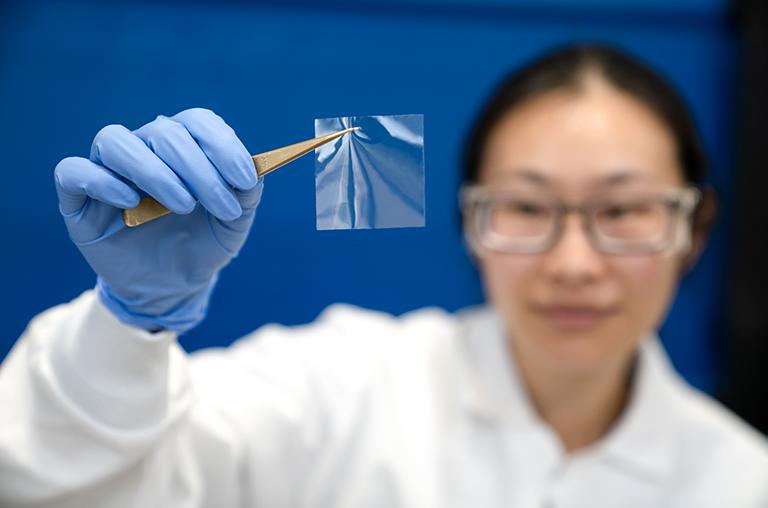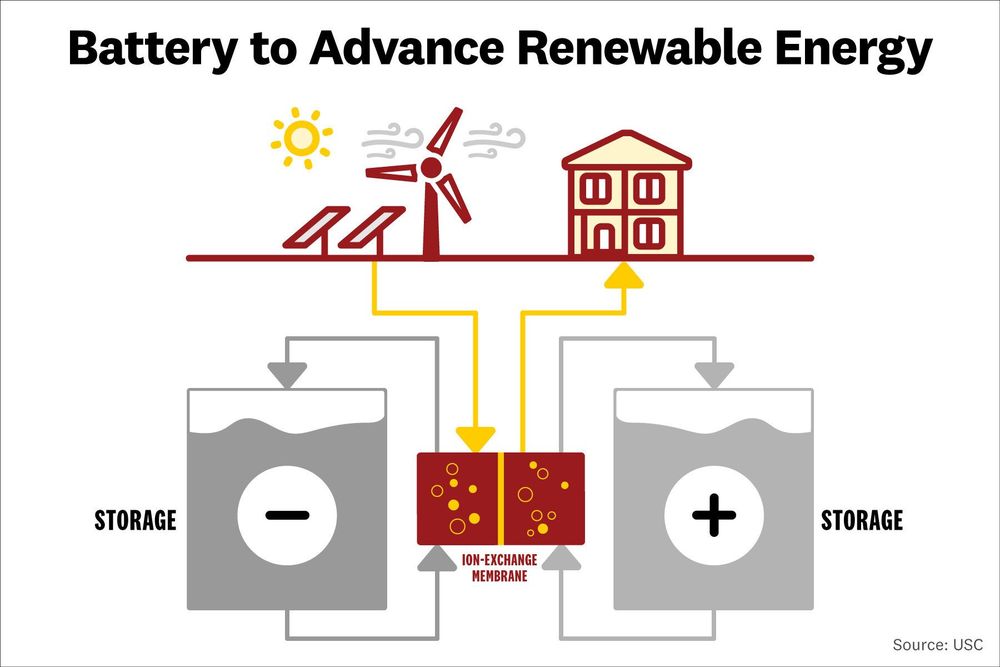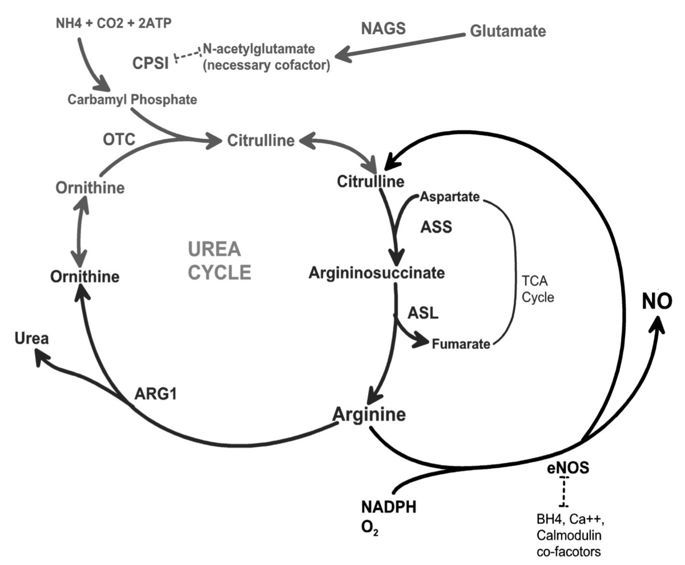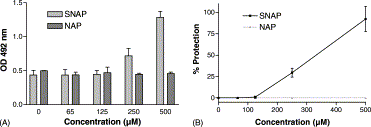This simple-looking film will probably end up in your next smartphone, laptop, watch, or television. … [+] It’s made by fermentation—the same process used to make bread and beer. The biomanufacturing era has begun.



Among the drugs being investigated is remdesivir, an experimental antiviral made by the US drug company Gilead Sciences. It has been characterized as one of the most promising by health authorities, including WHO officials —though that optimism is inspired only by anecdotal information. US data on remdesivir’s performance in controlled clinical trials is expected next month, and data from late-stage trials conducted in China will be released by the end of April.
The US military, however, has already secured access to remdesivir for its service members.
On March 10, the Pentagon announced a deal with Gilead Sciences in which the pharmaceutical company would supply the military with the intravenous drug at no cost. “Together with our government and industry partners, we are progressing at almost revolutionary rates to deliver effective treatment and prevention products that will protect the citizens of the world and preserve the readiness and lethality of our service members,” Army Brig. Gen. Michael Talley, commanding general of the US Army Medical Research and Development Command (USAMRDC) and Fort Detrick, Maryland, said in a media statement at the time.
30 ways to deal with a Corona, Have a great day group.

Algeria and Germany have initiated project DESERTEC, a huge solar panel project that feeds European/North African countries with green power.
It was intially something they should have done in 2011.
Anyhow, good 👍
So much have time.have been wasted, its time to move on. Time is running out.
L’Algérie et l’Allemagne ont signé un accord préliminaire depuis plusieurs jours pour démarrer le gigantesque projet Desertec. Cela a été communiqué.

For transhumanists, the possibilities of human interconnectivity via technology is only the beginning of how people may eventually transcend the limitations of their bodies. Photographer David Vintiner and art director Gem Fletcher set out to meet the innovators, artists, and dreamers within the transhumanism movement who are pushing the boundaries of their biology to become something more than human. Their project I Want to Believe consists of three chapters — the first touching on wearable technology, the second on individuals who have made permanent changes to their bodies, and the last on how some transhumanists plan to transcend the human condition.
“Science and human advancement has always been propelled forward by the people who do things differently and those who are not afraid to break the rules.”

The federal government has invoked the Defense Production Act to produce millions of N95 masks in the coming weeks, the Pentagon announced Saturday.
The DPA allows the government to pressure companies into manufacturing supplies for national defense purposes.
The project will cost $133 million and will create “over 39 million” masks within the next 90 days, Mike Andrews, a Department of Defense spokesperson announced in a press release Saturday. The authorization to use the DPA for N95 production was given to the Defense Department on Friday by the White House, according to the press release.

USC scientists have developed a new battery that could solve the electricity storage problem constraining widespread use of renewable energy.
The technology is a new spin on a known design that stores electricity in solutions, sorts the electrons and releases power when it’s needed. So-called redox flow batteries have been around awhile, but the USC researchers have built a better version based on low-cost and readily available materials.
“We have demonstrated an inexpensive, long-life, safe and eco-friendly flow battery attractive for storing the energy from solar and wind energy systems at a mass-scale,” said chemistry professor Sri Narayan, lead author for the study and co-director of the Loker Hydrocarbon Research Institute at USC.

The role of nitric oxide synthase (NOS) in the pathophysiology of acute respiratory distress syndrome (ARDS) is not well understood. Inducible NOS is upregulated during physiologic stress; however, if NOS substrate is insufficient then NOS can uncouple and switch from NO generation to production of damaging peroxynitrites. We hypothesized that NOS substrate levels are low in patients with severe sepsis and that low levels of the NOS substrate citrulline would be associated with end organ damage including ARDS in severe sepsis.
Plasma citrulline, arginine and ornithine levels and nitrate/nitrite were measured at baseline in 135 patients with severe sepsis. ARDS was diagnosed by consensus definitions.
Plasma citrulline levels were below normal in all patients (median 9.2 uM, IQR 5.2 — 14.4) and were significantly lower in ARDS compared to the no ARDS group (6.0 (3.3 — 10.4) vs. 10.1 (6.2 — 16.6), P = 0.002). The rate of ARDS was 50% in the lowest citrulline quartile compared to 15% in the highest citrulline quartile (P = 0.002). In multivariable analyses, citrulline levels were associated with ARDS even after adjustment for covariates including severity of illness.

2004…
https://www.ijidonline.com/article/S1201-9712(04)00052-9/fulltext
“During the SARS epidemic, Chen and colleagues included inhalation of NO gas in the treatment of a number of SARS patients. Medicinal NO gas, a gaseous blend of nitric oxide (0.8%) and nitrogen (99.2%), was given for three days or longer, initially at 30 ppm and then at 20 and 10 ppm on the second and third day (unpublished data). Their findings suggest not only an immediate improvement of oxygenation but also a lasting effect on the disease itself after termination of inhalation of NO.
NO is a key molecule in the pathogenesis of infectious diseases. In a variety of microbial infections, NO biosynthesis occurs through the expression of an inducible nitric oxide synthase (iNOS). This molecule has been reported to have antiviral effects against a variety of DNA and RNA viruses, including mouse hepatitis virus (MHV), a murine coronavirus.4 In a recent study, replication of two SARS-CoV isolates (FFM-1 and FFM-2) was shown to be greatly inhibited by glycyrrhizin, an active compound of liquorice roots.5 Glycyrrhizin upregulates the expression of iNOS and production of NO in macrophages.”
Introduction: The recent outbreak of severe acute respiratory syndrome (SARS) warrants the search for effective antiviral agents to treat the disease. This study describes the assessment of the antiviral potential of nitric oxide (NO) against SARS coronavirus (SARS-CoV) strain Frankfurt-1 replicating in African Green Monkey (Vero E6) cells.
Results: Two organic NO donor compounds, S-nitroso-N-acetylpenicillamine (SNAP) and sodium nitroprusside (SNP), were tested in a broad range of concentrations. The non-nitrosylated form of SNAP, N-acetylpenicillamine (NAP), was included as a control compound in the assay. Antiviral activity was estimated by the inhibition of the SARS-CoV cytopathic effect in Vero E6 cells, determined by a tetrazolium-based colorimetric method. Cytotoxicity of the compounds was tested in parallel.

Many virus infections elicit vigorous host immune responses, both innate and acquired. The immune responses are frequently successful in controlling and then clearing the virus, using both cellular effectors such as natural killer (NK) cells and cytolytic T lymphocytes and soluble factors such as interferons (IFNs). However, some immune responses lead to pathologic changes or are unable to prevent the pathogen’s growth. This review will not be devoted to the different strategies viruses have taken to promote their transmission or survival but rather to one aspect of the innate immune response to infection: the role of nitric oxide (NO) in the antiviral repertoire. Recently, data from many laboratories, using both RNA and DNA viruses in experimental systems, have implicated a role for NO in the immune response. The data do not indicate a magic bullet for all systems but suggest that NO may inhibit an early stage in viral replication and thus prevent viral spread, promoting viral clearance and recovery of the host.
The earliest host responses to viral infections are nonspecific and involve the induction of cytokines, among them, IFNs and tumor necrosis factor alpha (TNF-α). Gamma IFN (IFN-γ) and TNF-α have both been shown to be active in many cell types and induce cascades of downstream mediators (reviewed in references 25, 34, and 41). Others have found that NO synthase type 2 (NOS-2, iNOS) is an IFN-γ-inducible protein in macrophages, requiring IRF-1 as a transcription factor (12, 17). We have observed that the isoform expressed in neurons, NOS-1, is IFN-γ, TNF-α, and interleukin-12 (IL-12) inducible (20). Thus, NOS falls into the category of IFN-inducible proteins, activated during innate immune responses.
NO is produced by the enzymatic modification of l-arginine to l-citrulline and requires many cofactors, including tetrahydrobiopterine, calmodulin, NADPH, and O2. NO rapidly reacts with proteins or with H2O2 to form ONOO−, peroxynitrite, which is highly toxic (Fig. (Fig.1). 1 ). NO also readily binds heme proteins, including Hb and its own enzyme.